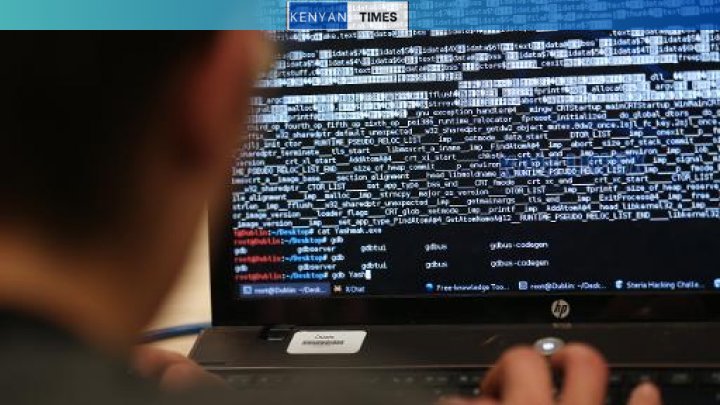SACRAMENTO, United States, July 31 (Xinhua) — As U.S. firms race to embed synthetic intelligence (AI) into on a regular basis work, they’re discovering a hidden value: larger, costlier information breaches.
The “Cost of a Data Breach 2025” report, revealed by IBM on Wednesday, revealed that 13 p.c of the 600 organizations studied suffered breaches involving their very own AI fashions or purposes. Crucially, primary entry controls have been lacking in 97 p.c of these circumstances.
The report additionally discovered that attackers are turning the know-how in opposition to its creators: one in six breaches concerned criminals utilizing AI instruments, primarily to craft convincing phishing emails and deepfake impersonations.
So-called “shadow AI,” methods workers deploy with out authorization, proved even costlier. Twenty p.c of respondents blamed their breach on unsanctioned AI, which added roughly 670,000 U.S. {dollars} to the typical loss. When “shadow AI” was current, general breach prices rose to 4.74 million {dollars}, in contrast with 4.07 million when it was absent.
Recent incidents illustrate how seemingly minor AI safety oversights can spiral. In 2023, a single misconfigured Azure sharing hyperlink in a Microsoft AI analysis repository uncovered 38 terabytes of inside information and over 30,000 Teams messages.
That similar yr, Samsung briefly banned generative AI instruments after engineers pasted confidential chip designs into ChatGPT, risking delicate leaks.
Even AI suppliers themselves are weak. A March 2023 bug in OpenAI’s ChatGPT service briefly uncovered some customers’ fee addresses and partial card particulars.
Despite such warnings, 87 p.c of firms nonetheless lack governance insurance policies or processes to mitigate AI dangers, regardless that provide chain compromises already set off practically one-third of AI-related breaches.
To handle these gaps, analysts emphasize that safety begins with identification: organizations should implement strict credential administration for each workers and algorithms, rotate keys regularly, and encrypt all information used to coach or immediate fashions.
Quarterly “AI well being checks” that carry enterprise and safety leaders collectively can determine unauthorized tasks, whereas automated threat-detection platforms assist understaffed groups distinguish real threats from false alarms.
The report concludes: “Security AI and automation decrease prices, whereas shadow AI raises them.” Organizations with mature controls lowered breach prices by practically 40 p.c.
The report famous that with the typical U.S. breach now costing 10.22 million {dollars} and regulators from Brussels to Washington drafting new guidelines for data-hungry algorithms, boards had a transparent monetary motive to deal with each mannequin, pocket book and chat interface as a important asset protected by multifactor authentication, time-limited sharing hyperlinks and steady audits earlier than the following wave of good machines arrives.








